There can be your advertisement
300x150
Integration of Exterior Painting in Modern Architecture: How to Enhance Spaces with Art
Modern architecture increasingly combines art with building structures. In particular, exterior painting has ceased to be merely a decoration for walls and has become an important element of interior design or apartment construction. Many architects and designers turn to artists to incorporate exterior painting into the building's structure itself, ensuring functionality and aesthetic value. This trend is changing our perception of architecture because now artistic elements are considered critically important for giving a place character or even mood.

Evolution of Exterior Painting in Architecture
Previously, exterior painting was considered a simple decorative detail – an element added after the building construction was completed. Today, in modern architecture or design concepts, art is taken into account at the planning stage. It is observed that architects collaborate with artists to create paintings, sculptures and other forms of art which become part of the building's structure.
This inclusion of art in architecture aligns with the trend towards creating more individual and emotionally expressive spaces. In residential architecture, people seek to express their individuality and uniqueness not only through furniture and interior items but also through walls. In commercial and public places, art is used to evoke the right emotions, attract attention and leave a strong impression on visitors.
Creating Harmonious Spaces with Art
One of the main advantages of using exterior painting in modern architecture is its ability to create harmony within a space. When art is integrated into architectural elements, it harmonizes with the overall building structure so strongly that it doesn't seem added later. This approach allows achieving harmony when art and space complement each other.
For example, large graphics such as murals on special walls look stunning and draw attention to architectural solutions while adding character to the room. Similarly, wall reliefs representing sculptures add depth and make them an interesting part of architectural design.
It should also be noted that applying exterior painting in a specific space's design can help create its functionality and overall atmospheric background. For instance, large bright paintings can liven up the atmosphere of a modern business center while landscape paintings can soothe in a house or apartment. This means that architects, carefully choosing and placing art and decorations, can predefine user behavior in this space.
Merging Art with Architectural Materials
Imagine one of the best advantages of using exterior painting in modern buildings is the possibility to create unity between art and selected architectural materials. Today, artists and architects experiment with various materials and techniques including glass, metal, concrete and wood to create artistic surfaces with functionality.
For example, engraved glass panels can serve as decoration and functional partitions in commercial spaces. Some metal sculptures on walls may be a light source, creating interesting shadows on room walls. Concrete can also be molded into intricate patterns and reliefs embedded in walls, bringing life to a typical industrial material. All these applications of materials contribute to closer ties between art and architecture, creating beautiful and functional spaces.
Individual Art for Unique Spaces
Another developing area in modern architecture is the order of unique artistic works specifically created for a particular architectural project. Working with artists, architects can develop individual art pieces that match exact dimensions and construction features. This approach allows finding artistic works perfectly matching the house rather than just buying ready-made ones.
For residential complexes or large buildings, something special is needed, and here individual exterior painting comes to the rescue. For example, in a corporate building, a mural reflecting company culture and values will become an interesting focal point and ensure consistent perception of the corporate image. An artist in a public library or museum might paint several walls, and users will feel additional depth in perceiving the space thanks to interaction with art.
Art as a Constructive Element
Sometimes exterior painting goes beyond decoration and becomes a constructive part of the building. For example, built-in metal panels with an aesthetic design form part of the external surface of a building while acting as perforated facades protecting from sun and regulating temperature. Similarly, if a 3D sculpture or relief is embedded in the wall, it provides thermal insulation, soundproofing, structural support and aesthetics in one wall.
This application of art in architecture is the next stage of design development, where art is not just a decoration but becomes the core concept of architecture.
The Future of Exterior Painting in Architecture
Looking at the future of close relationships between art and architecture, we can expect even more impressive ways to integrate exterior painting into modern structures. Modern technologies allow using digital and interactive artistic installations, giving architects the ability to design spaces that will evolve over time.
Any form of art – whether a wall painting, sculpture or contemporary art – is actively applied in modern architecture to enrich the place experience. Thus, eliminating boundaries between art and architecture, between aesthetics and construction, architects and designers create spaces that are not only visually significant but also meaningful to users.
In the future, as art integrates into architecture, even more interesting solutions will be developed to transform walls from simple surfaces into communicative and meaningful tools.
This is not a trendy direction or temporary stylistic solution – it's a redefinition of what spaces are and where art can fit in.
More articles:
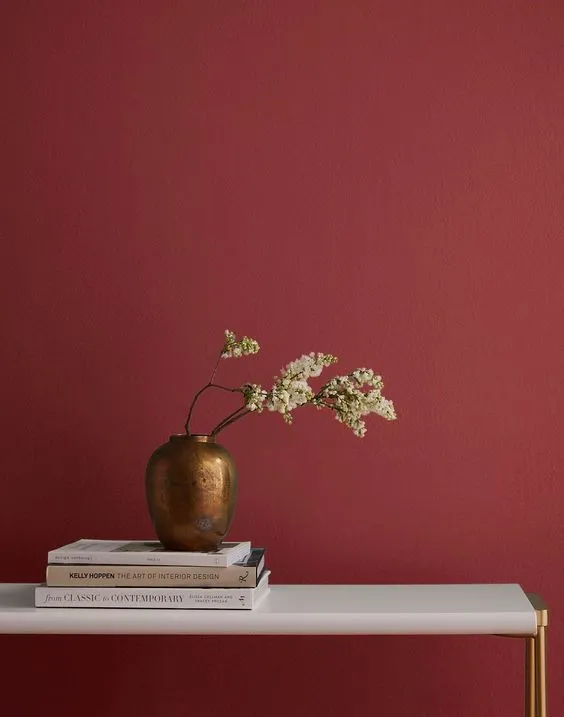 Incredible Red Wall Decoration Projects
Incredible Red Wall Decoration Projects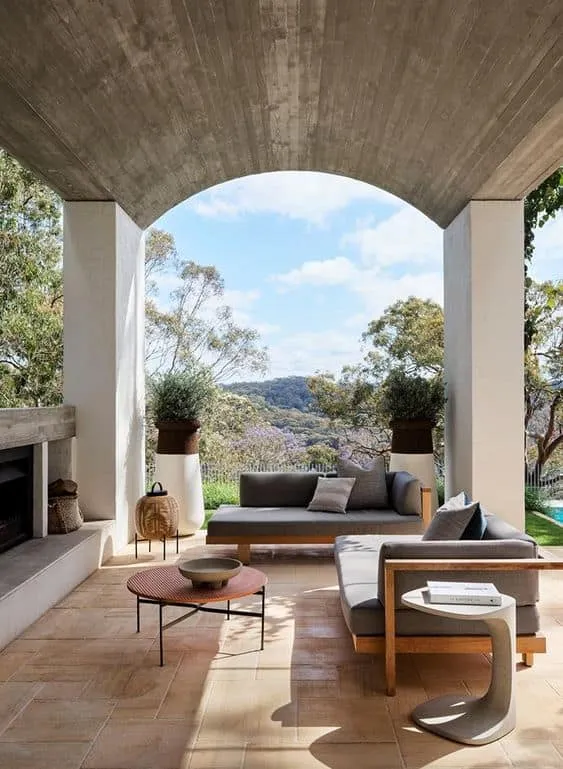 Unusual Beach and Rural Houses for Summer Period Evaluation
Unusual Beach and Rural Houses for Summer Period Evaluation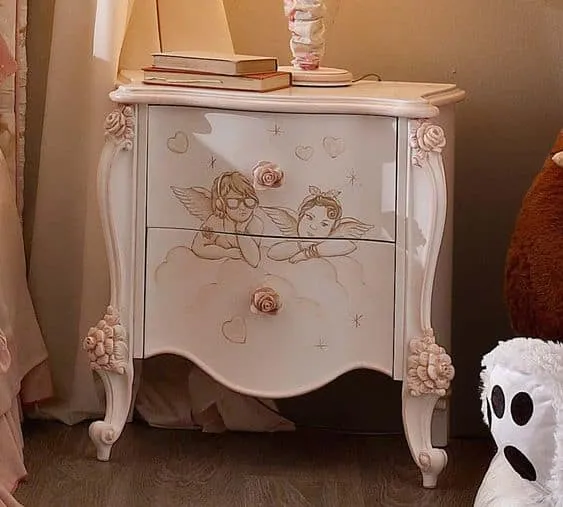 Enjoy Our Cute Collection of Children's Dressers for the Child's Room
Enjoy Our Cute Collection of Children's Dressers for the Child's Room Dive Into Our Tips for Using Pastel Green Color in Interior Design
Dive Into Our Tips for Using Pastel Green Color in Interior Design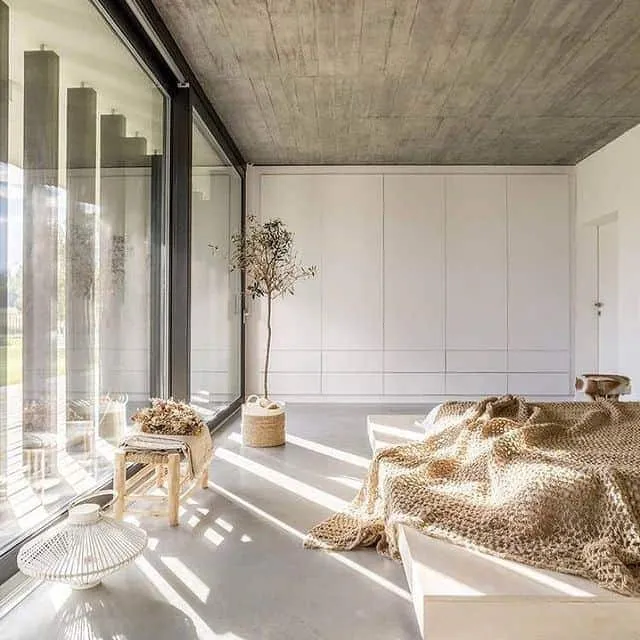 Industrial, Scandinavian or Japanese Style in Kitchens and Bathrooms
Industrial, Scandinavian or Japanese Style in Kitchens and Bathrooms Industrial Building Transformed into White Light Pavilion in Agueda, Portugal
Industrial Building Transformed into White Light Pavilion in Agueda, Portugal Industrial House by archistudio studniarek + pilinkiewicz in Mikolov, Poland
Industrial House by archistudio studniarek + pilinkiewicz in Mikolov, Poland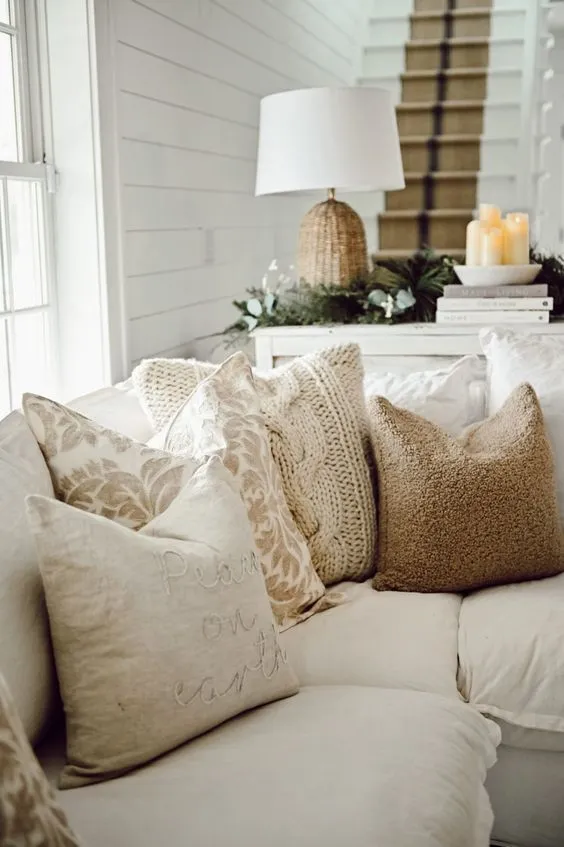 Cheap Pillows for Cozy Decor
Cheap Pillows for Cozy Decor